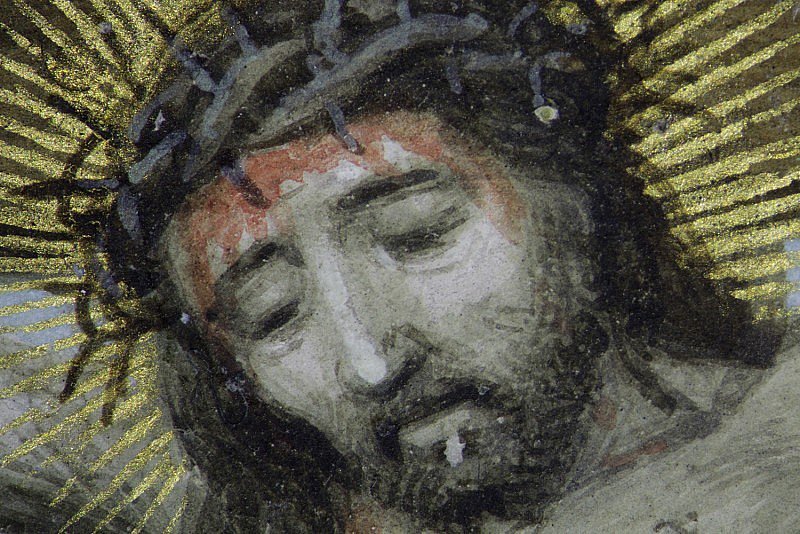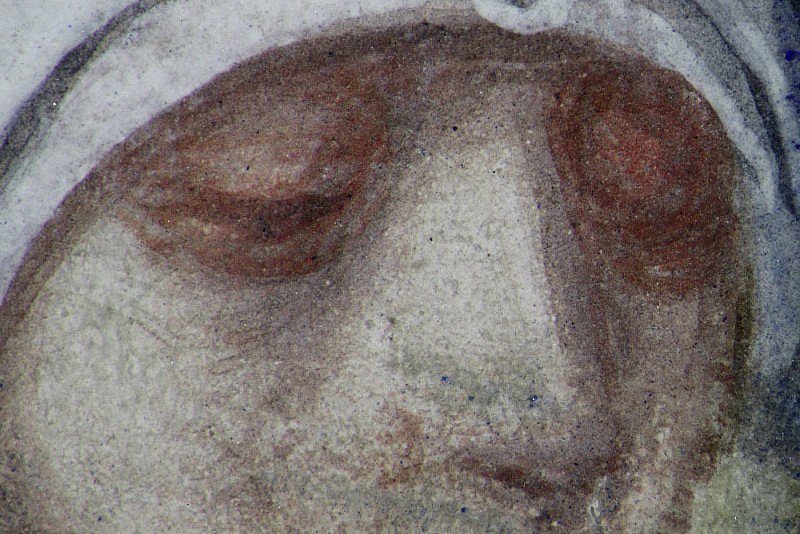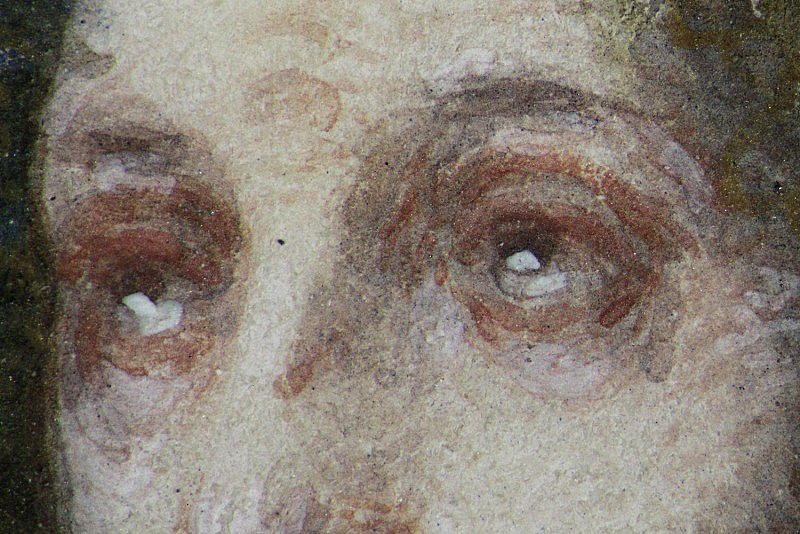Cardinal Albrecht of Brandenburg
Owners
Cardinal Albrecht of Brandenburg (1490-1545), Archbishop and Elector of Mainz, was an important political and ecclesiastical figure, a friend of Erasmus and an opponent of Martin Luther. He was also one of the most active art patrons of his day. Painters who completed commissions for him include Albrecht Dürer, Mattias Grünewald and Lucas Cranach the Elder who painted his portrait. The Book of Hours from which these leaves were taken, is the earliest of three manuscripts illuminated for him by Simon Bening. The main body of the book is in a private collection, but miniatures removed from it are dispersed across various institutions, including the Nationalmuseum in Stockholm, the Carnegie Museum of Art in Pittsburgh and the Metropolitan Museum of Art in New York. The other two manuscripts which Simon Bening illuminated for the Cardinal are his Prayerbook of c. 1525-1530 (Los Angeles, J. Paul Getty Museum, MS Ludwig IX 9) and another Book of Hours of c. 1530-1535 (Stockholm, Kungliga Bibliotheket, MS A.227).



Crucifixion with Instruments of Christ’s Passion
Isolated in their grief, the figures of the Virgin and Saint John flank the cross. Displayed in the border are the Arma Christi, the Instruments of Christ’s Passion. These include the column and scourges of the Flagellation, the cockerel representing Saint Peter’s denial, a hammer, spear, sponge, pincers and three nails, which rest on the empty tomb.
Christ’s body has a slight yellow-green cast, achieved with a mixture of lead white, yellow ochre, and azurite modelled with strokes of grey-brown and cool white highlights, which also contain azurite (hotspot 1). St John and the Virgin, by contrast, were painted with rosier complexions of pink (lead white, red ochre, vermilion and an organic red) and grey-brown modelling over a white base layer, their eyes reddened with vermilion to express their grief (hotspots 2 and 3). This image, with its squat figures, was probably painted by one of Bening’s assistants, who followed literally the prescription in contemporary painting manuals for making a clear distinction in flesh tone paint mixtures between ‘the living’ and ‘the dead’.